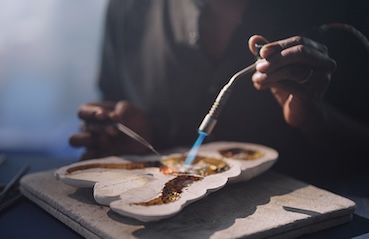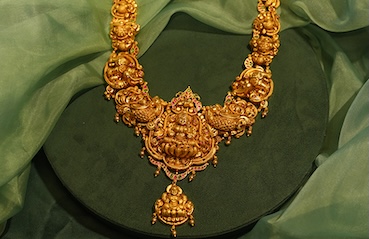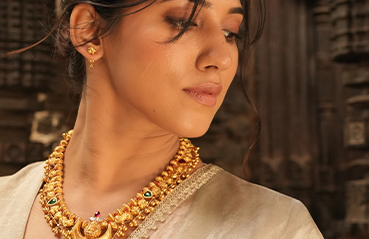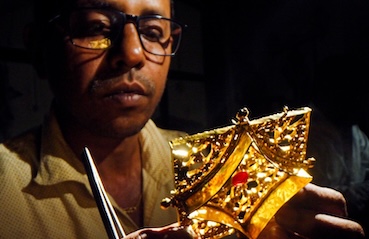Published: 27 Sep 2017
Gold is flavourless: so why do we eat it?
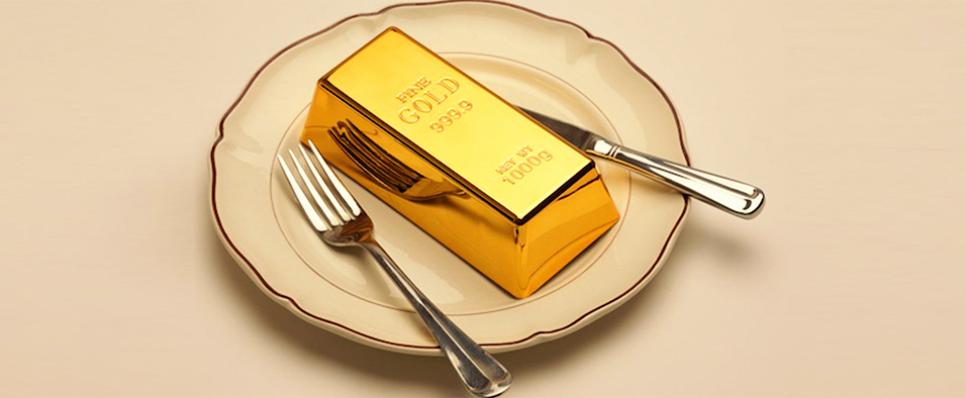
Having gold sprinkled over your food, or suspended in your drinks is an idea that goes back as far as the 16th century. In the modern day, we find ourselves relishing gold covered donuts, pizzas with gold foil on them, and burgers wrapped in gold sheets. However, gold as an element is inert, and our tongues, unfortunately, cannot taste gold, while our stomach can’t digest it, so it really begs the questions; why do we put it on our food?
Before we answer the why, let’s quickly understand what kind of gold is used in food, in case you ever chance upon the opportunity of eating some gold-laden food yourself. Gold in food must be 100% pure or 24k. Gold that is not 24k will have been alloyed with other metals, such as silver, bronze, copper or tin depending on the application. Consuming impure gold could be highly dangerous, as the other metals mixed alloy could very well be toxic to your body.
Now let us look at why. It turns out that the reason many chefs and restaurants add gold to their menu isn't because of how wonderful it makes the food taste, it is because of gold’s therapeutic properties also it’s a marketing technique used to leverage the power and opulence of gold to drive people, fame and success to their restaurants. This is true and also very smart. Gold is a timeless treasure that has been collected over centuries and millennia. As humans, we aspire for gold and its lustrous company. Putting gold on a plate of food, to some extent, intrigues us to the point of a compulsion. Such is the power of gold, and such is how people wield it to their advantage.
